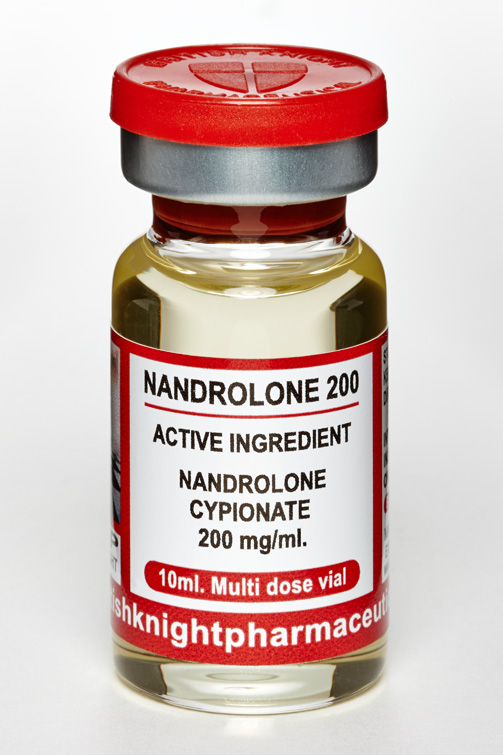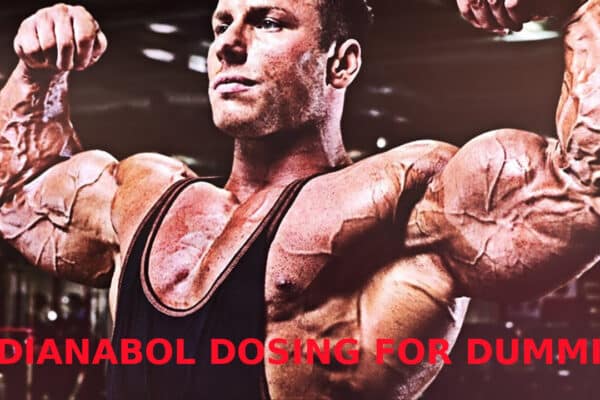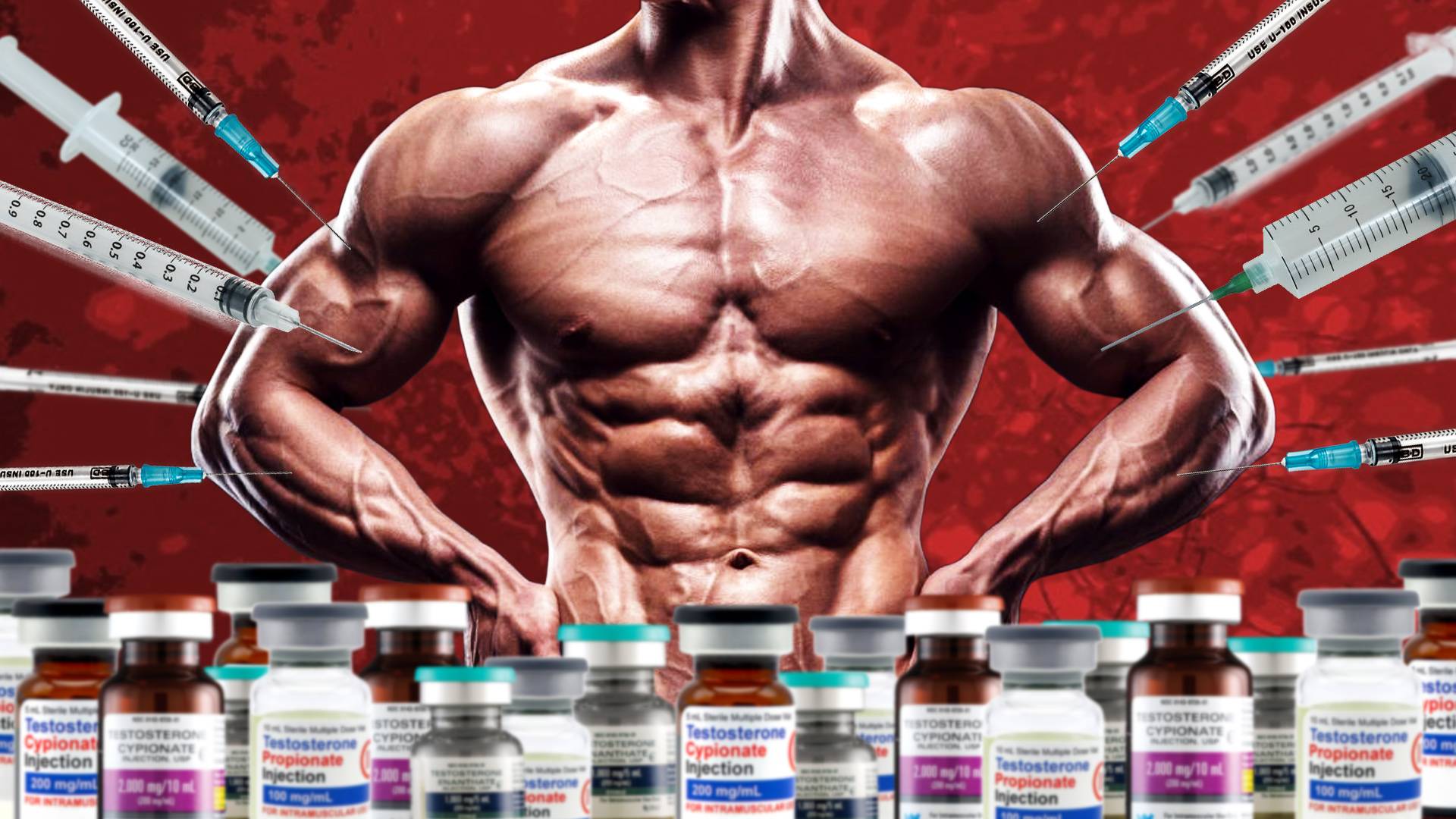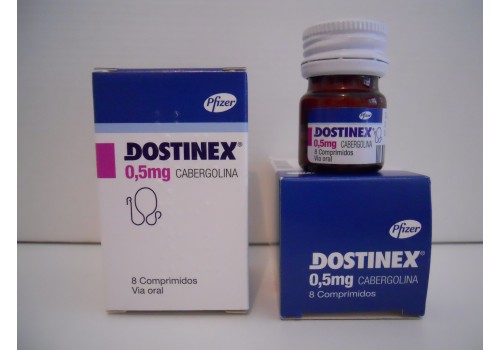Anabolic steroids used in training and exercises have been seen as being outside the normal lab’s interest in research but appear as topics of general interest and other vast interests. For many people who are addicts of steroids, the way the substance of abuse affect them has been the topic of interest as well as how far the steroid usage can go for the results to be seen. Anabolic steroids in essence are derivatives of testosterone, the hormone that controls all sexual functions. Testosterone has a short half-life biologically and thus all the pharmacological uses then require these steroids to be modified so that the metabolism of the liver can then be slowed.
Typically, all the oral steroids in more chemical matters are modified initially by alkylation or the replacement of Hydrogen units with the versatile CH3 Carbon Group, while at the same time all injectable steroids have no choice but to be modified through the esterification of these hydroxyl units. In essence, anabolic steroids are effective in the body of a human being due to their process. They work through their amalgamation with the androgenic receptors within the cytoplasm. Just like all other steroids, this steroidal receptor complex contains very strong nucleus affinity.
The same complex is then trans-located within the nucleus while at the same binding with the DNA. On the other hand, there is the possibility that the anabolic steroids as well as the receptors also dissociate within the nucleus amidst working and acting upon the DNA in a separate fashion. The factor that limits the rate within this process then appears to occur within the concentration of the cytoplasm in the receptor as in comparison with the steroidal concentration or even the kind of trans-location that is manifested within the complex.
The hormone testosterone also seems to start the inhibition of the catabolic processes pathways, which are widely associated with the gluco-corticoids, though this is quite unclear if it has a relationship with an interaction with testosterone as well as gluco-corticoid, including the behavior of the nucleus in the complex of the receptor of the steroid. Once the steroid has entered the nucleus, it appears to begin the transcription of some specific genes. This then result in an mRNA structure, which is then processed as well as being ferried from the nucleus, giving an increased synthesis of proteins.
There can also be a catabolic inhibition, which could clearly occur within the nucleus mostly if the specific complex at play is able to inhibit any transcription of the catabolic enzymes. The presence and occurrence of any androgenic receptor gives the indication that a tissue within the system is sensitive to androgen, while the concentration it has proves how sensitive it is. The receptor can be found presently within certain organs, which includes the skeletal muscles. The muscles of the skeleton contains around 0.5 moles pf protein within a gram, while distinct androgenic sensitive body organs such as the gland of the prostate could contain about 25 times additional receptors.




